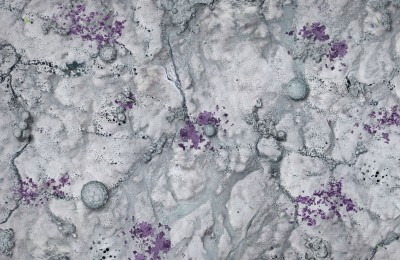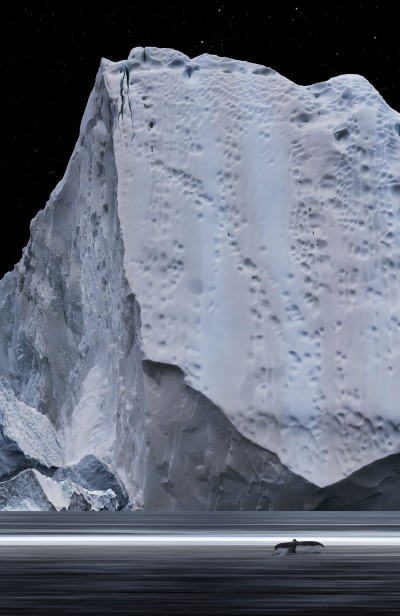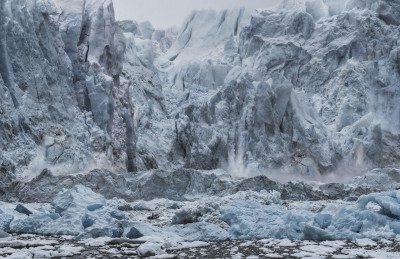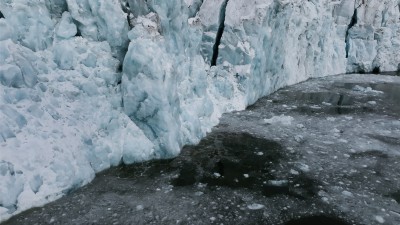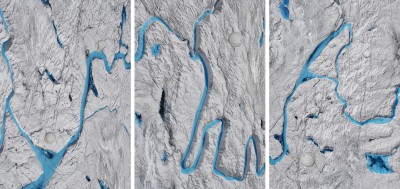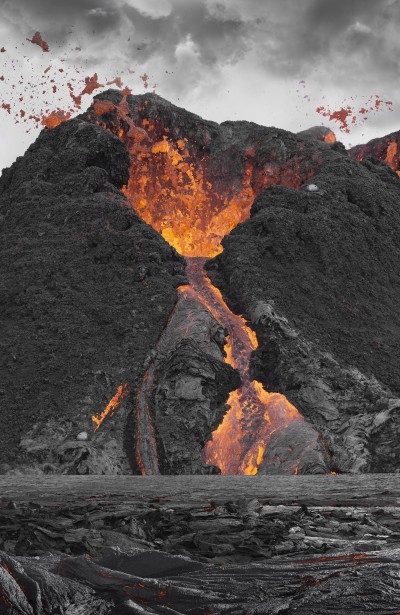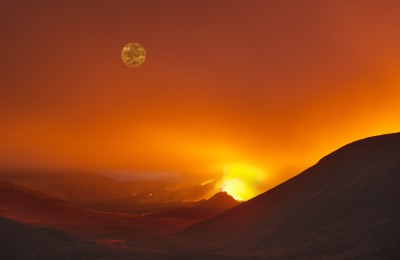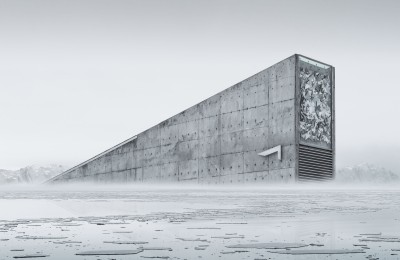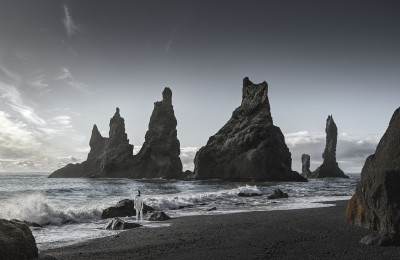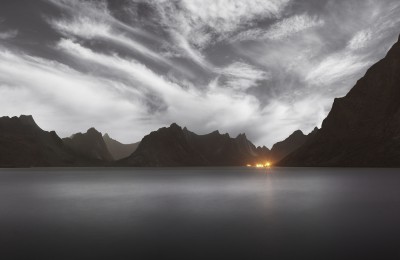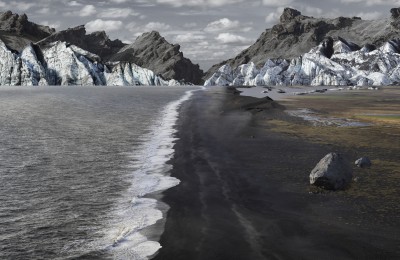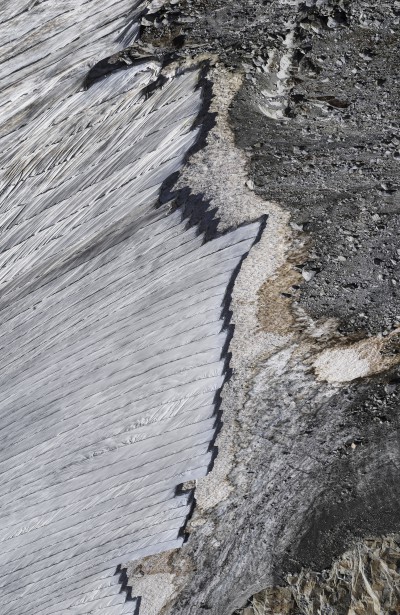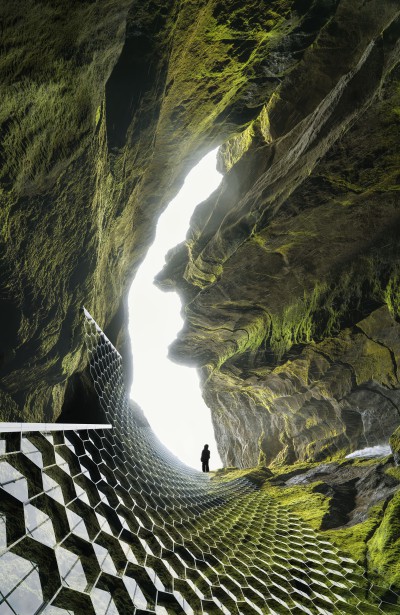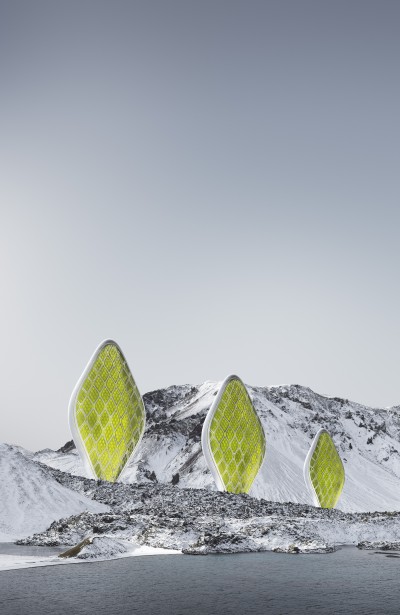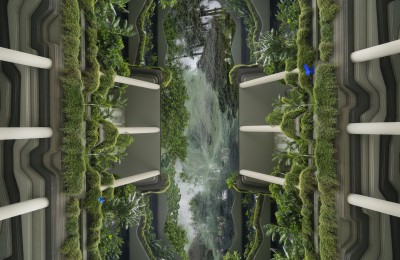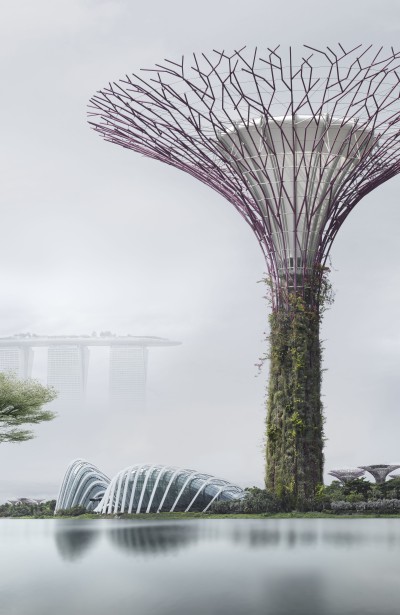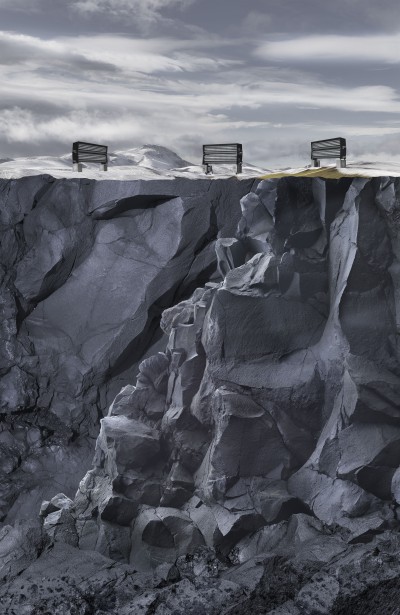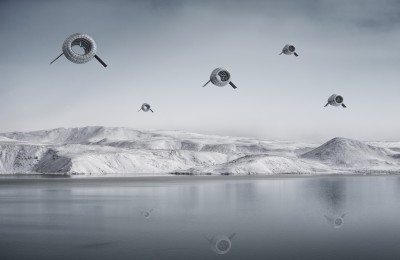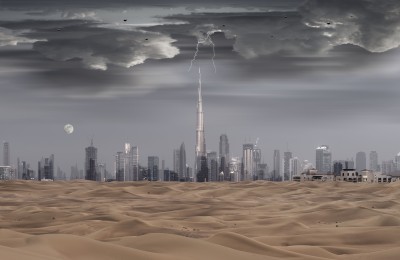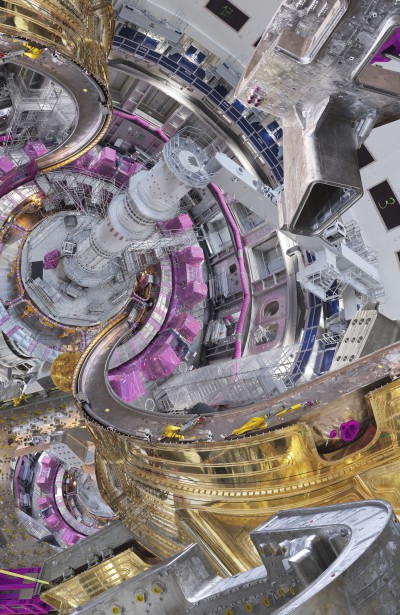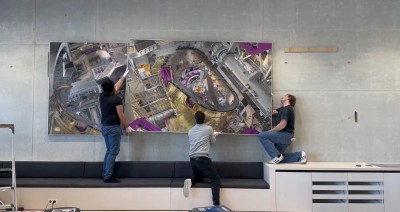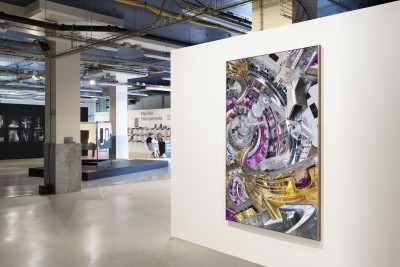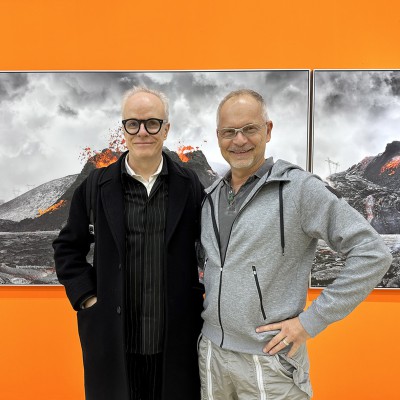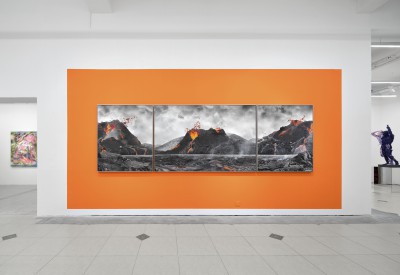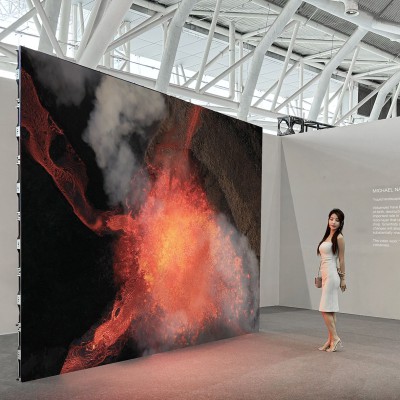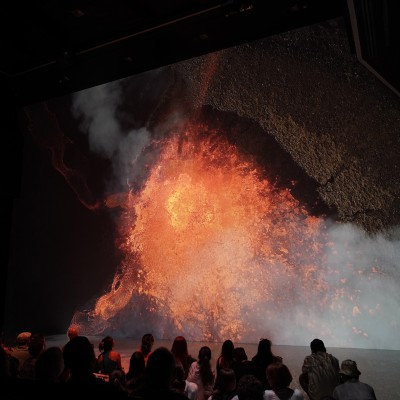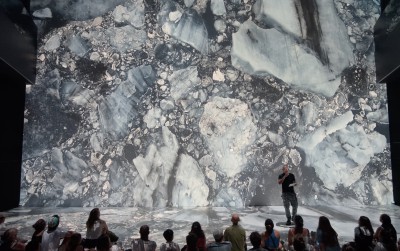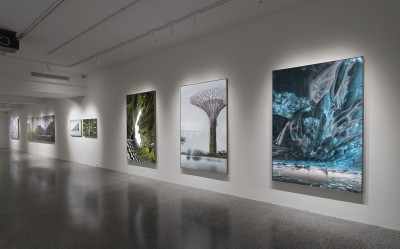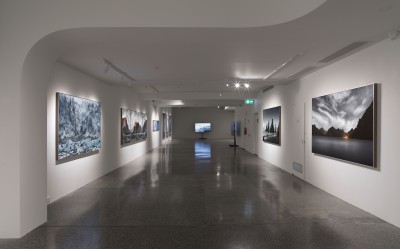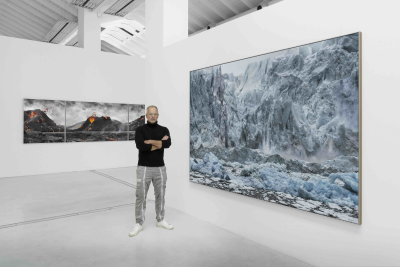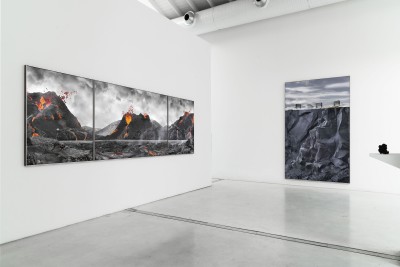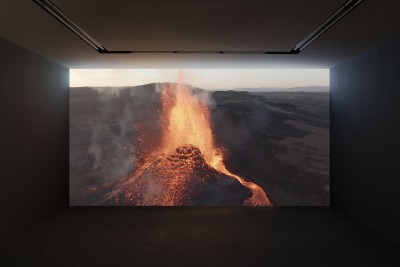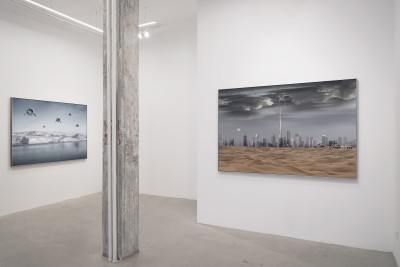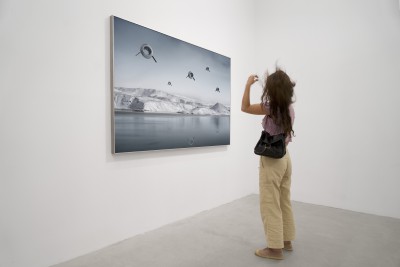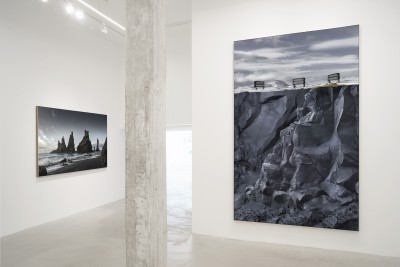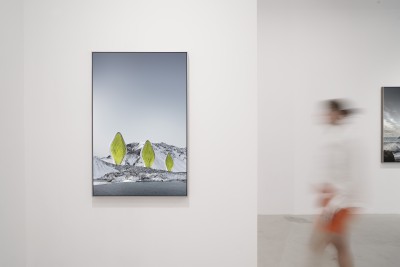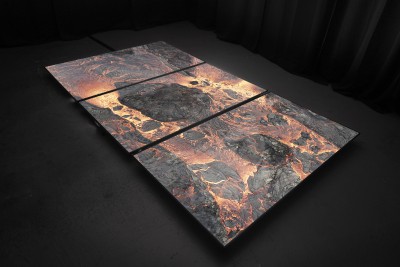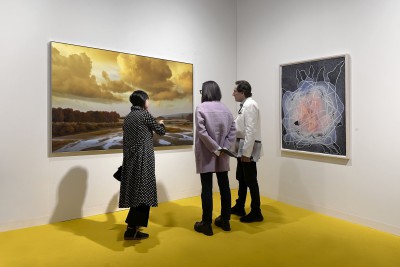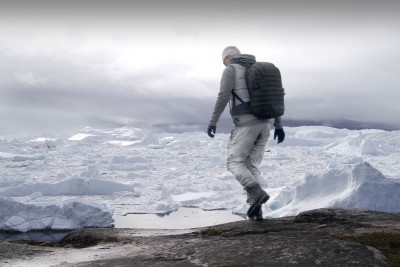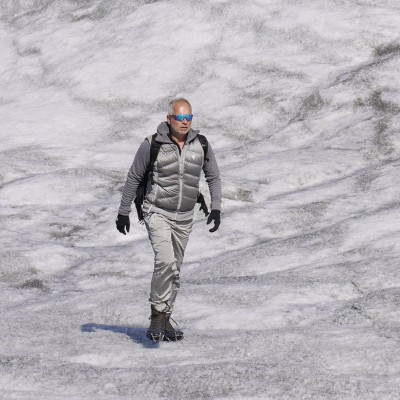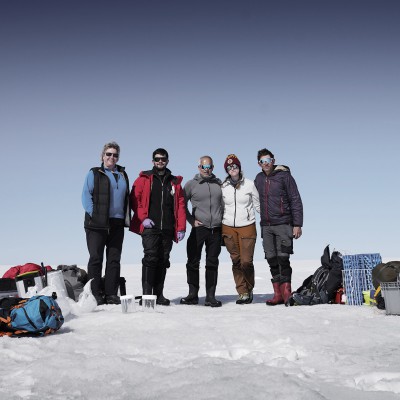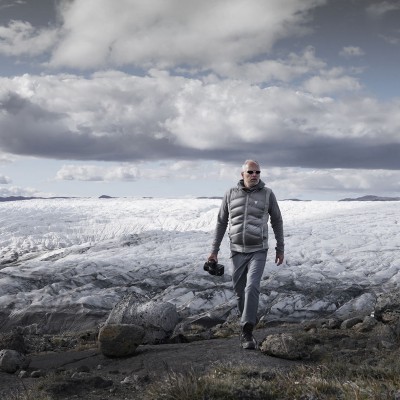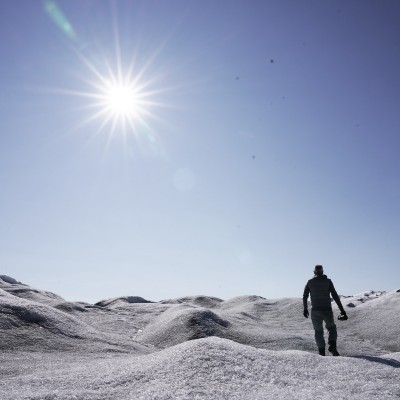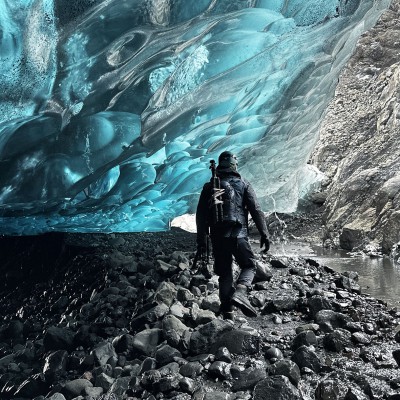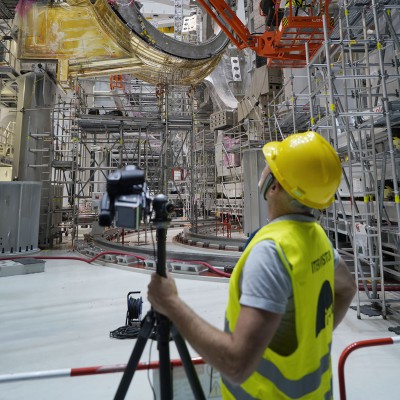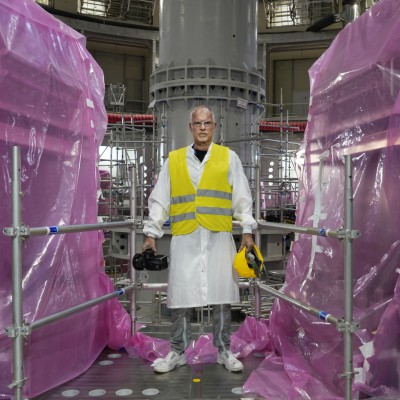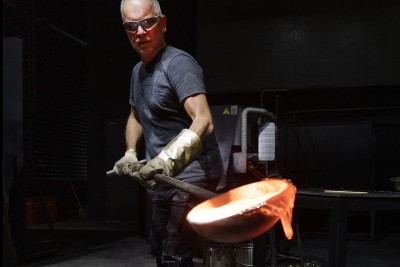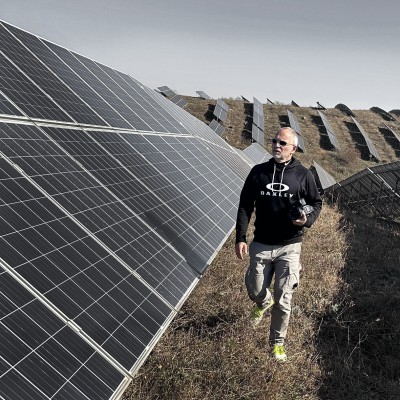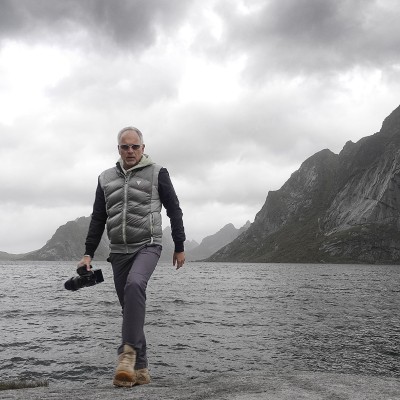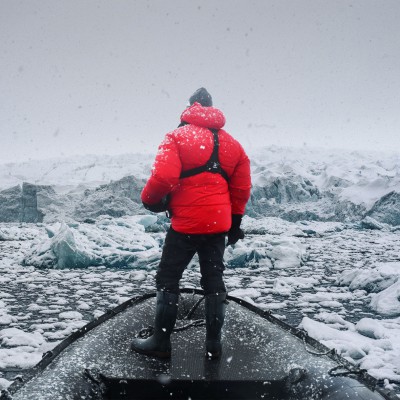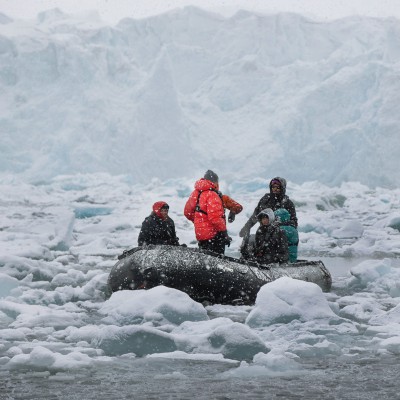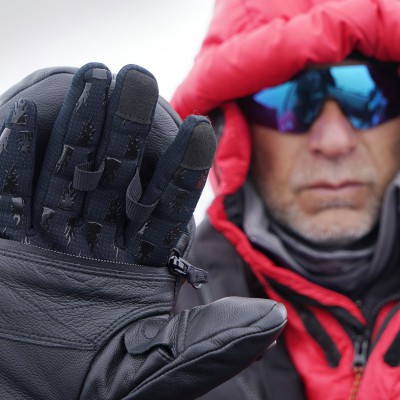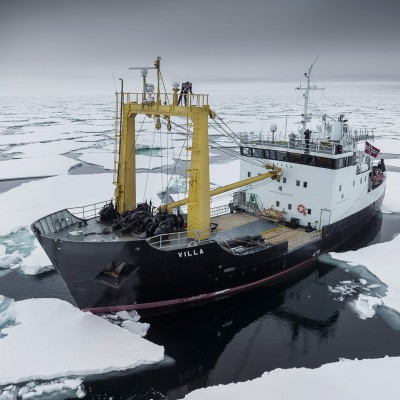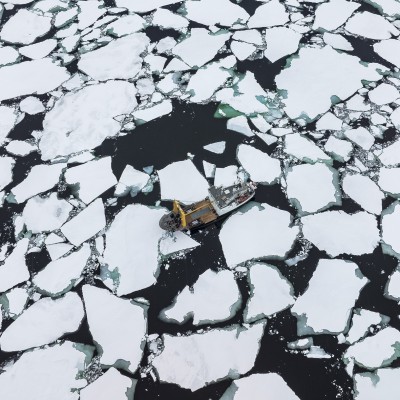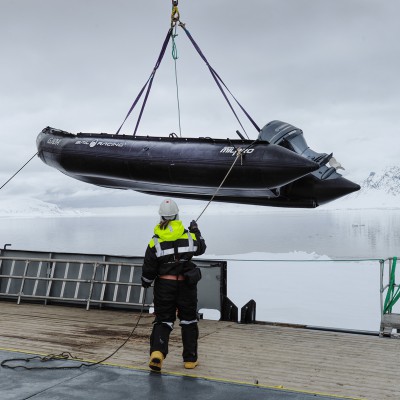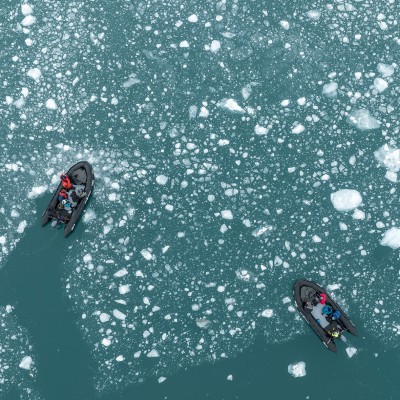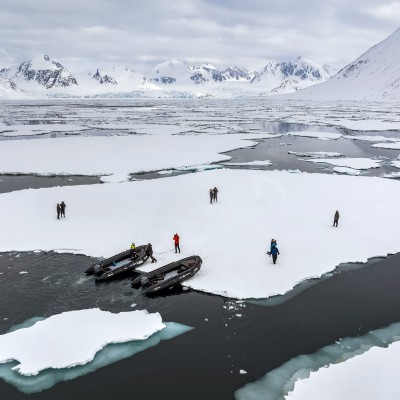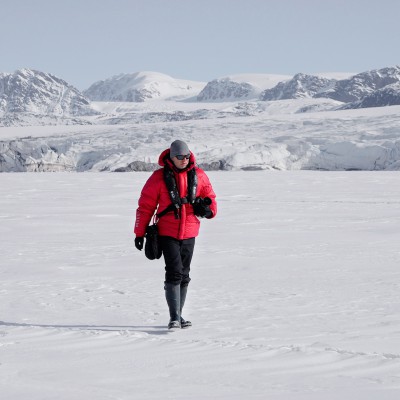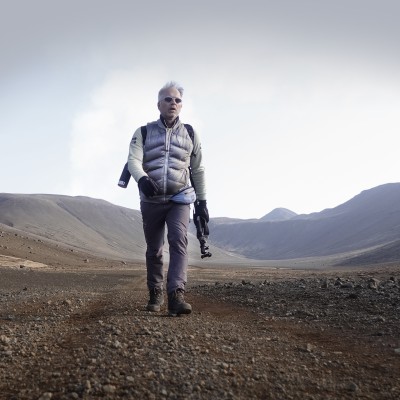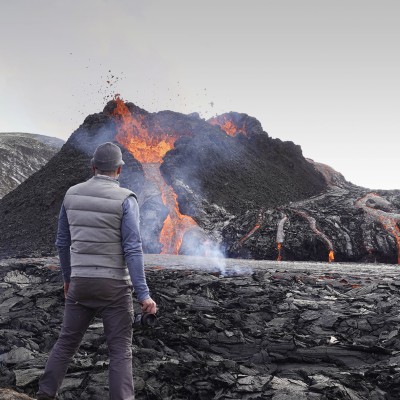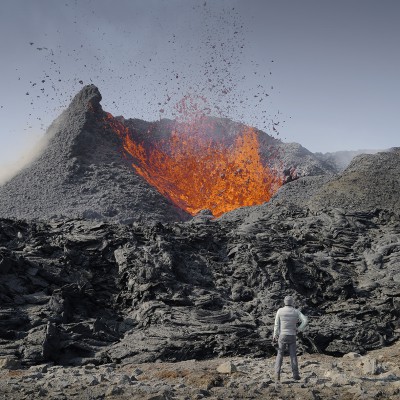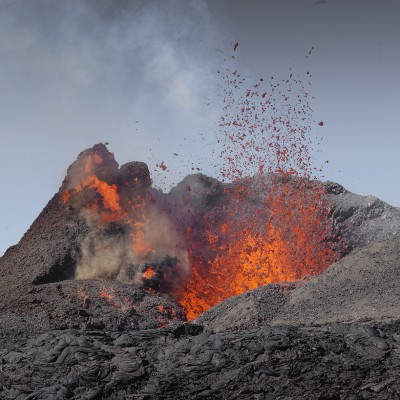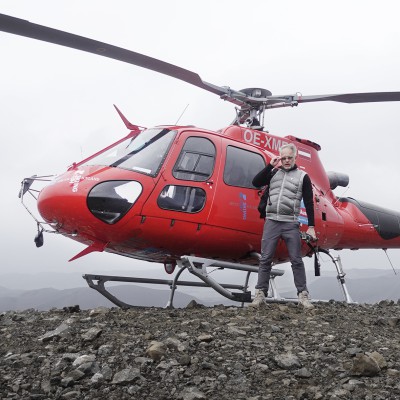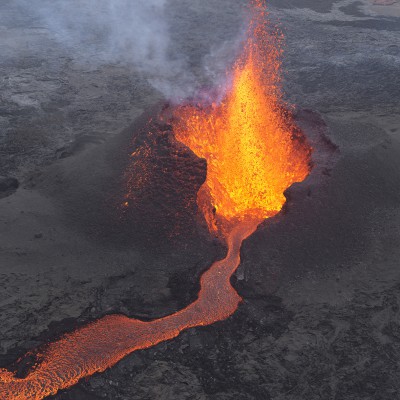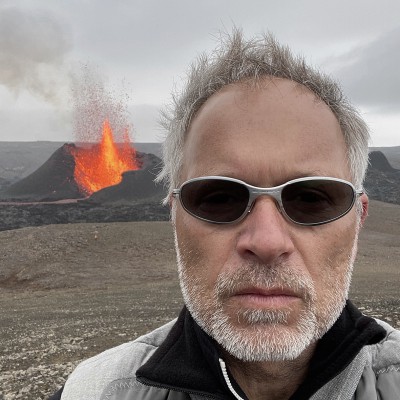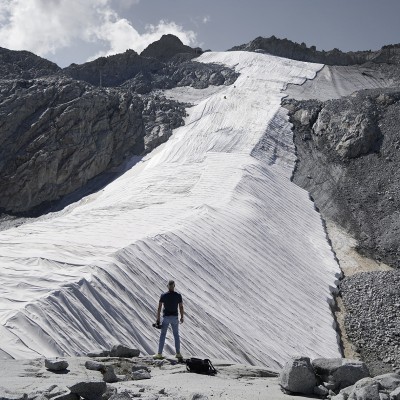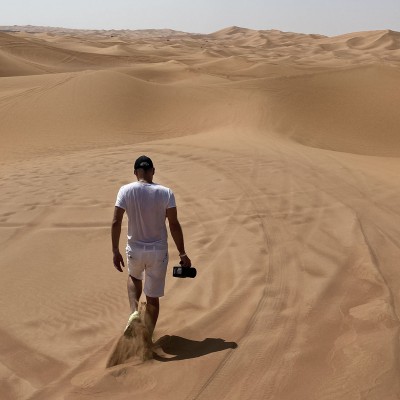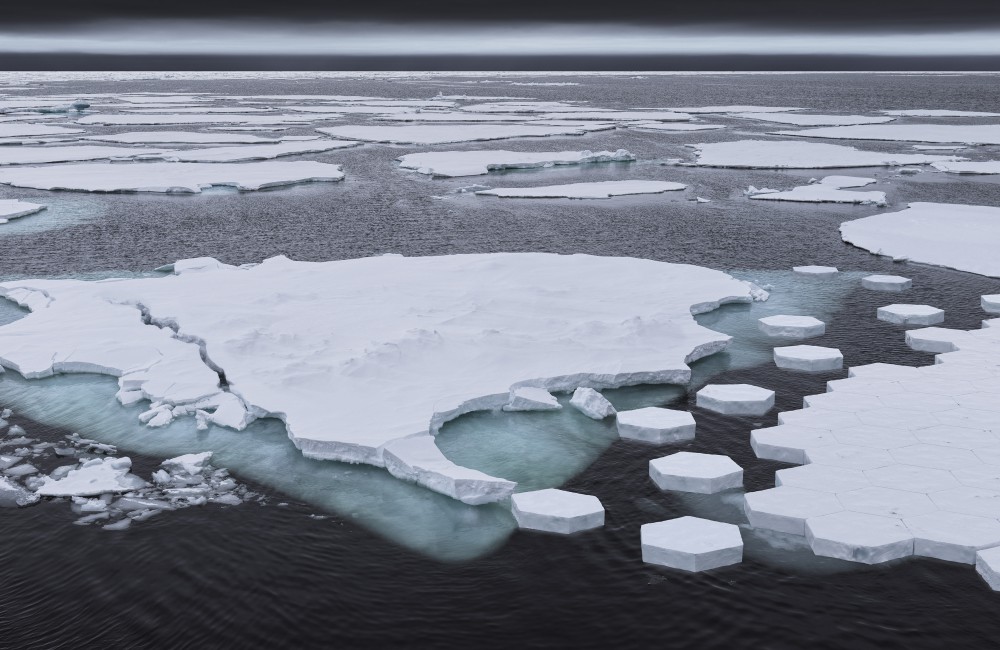
polar amplification
Format 1: 132 x 202 cm / 52 x 79.5 in, edition of 6 + 2 AP
Format 2: 67 x 102 cm / 26.3 x 40.2 in, edition of 6 + 2 AP
Hybrid photography, archival pigment print, aludibond, diasec, custom-made wood / aluminium frame
The polar regions, especially the Arctic, are seen as early warning systems for climate change. The Arctic ice is now melting at a catastrophic rate; already before 2050 we will in all likelihood experience the first summer in which the Arctic Ocean is free of Arctic ice. The loss of Arctic ice is of great significance for the global climate thanks to a phenomenon known as polar amplification, the Arctic is warming twice as fast as the rest of the planet. Snow and ice surfaces reflect most solar energy back into space. Their melting brings to light underlying land and water surfaces whose darker colour absorbs a greater part of the sun’s energy. This further warms the surface and the air above it. Additionally, a greater amount of water vapour is also creating more clouds that have a warming effect in polar latitudes. Due to this so-called ice-albedo feedback the Arctic represents a critical tipping point in the global climate system. A warming Arctic also has an impact on the jet stream that is responsible for extreme heat, flooding and droughts, which are increasingly prevalent in the planet’s northern hemisphere. Scientists are now discussing a range of technological approaches to artificially thicken and even restore polar sea ice.
The artwork “polar amplification” visualises the theme of melting sea ice and the generation of artificial blocks of ice in the Arctic. The work consists of photographs taken by the artist during a high Arctic expedition in the polar pack ice, and synthetic ice formations generated on the computer. On the left, the composition shows natural sea ice in the process of melting while on the right side of the picture a floe of artificially generated ice is pushing its way into the seascape. Free-floating hexagonal-shaped blocks of ice on the water’s surface in the middle form a connecting element. The eye glides from an elevated perspective over the sea covered with melting ice floes towards a seemingly threatening horizon. A team of scientists from Indonesia has developed the idea of using a specially-constructed submarine to fetch water from the depths and bringing it to the surface, desalinating it and then freezing it into hexagonal blocks of ice. These could then be interlocked to form large-scale ice floes. The new areas then dock with natural ice and raise the Arctic albedo still further. A utopian project – but we do need new ideas and solutions. Should we be able to develop and scale this, we could actively counteract the disappearance of Arctic sea ice.
